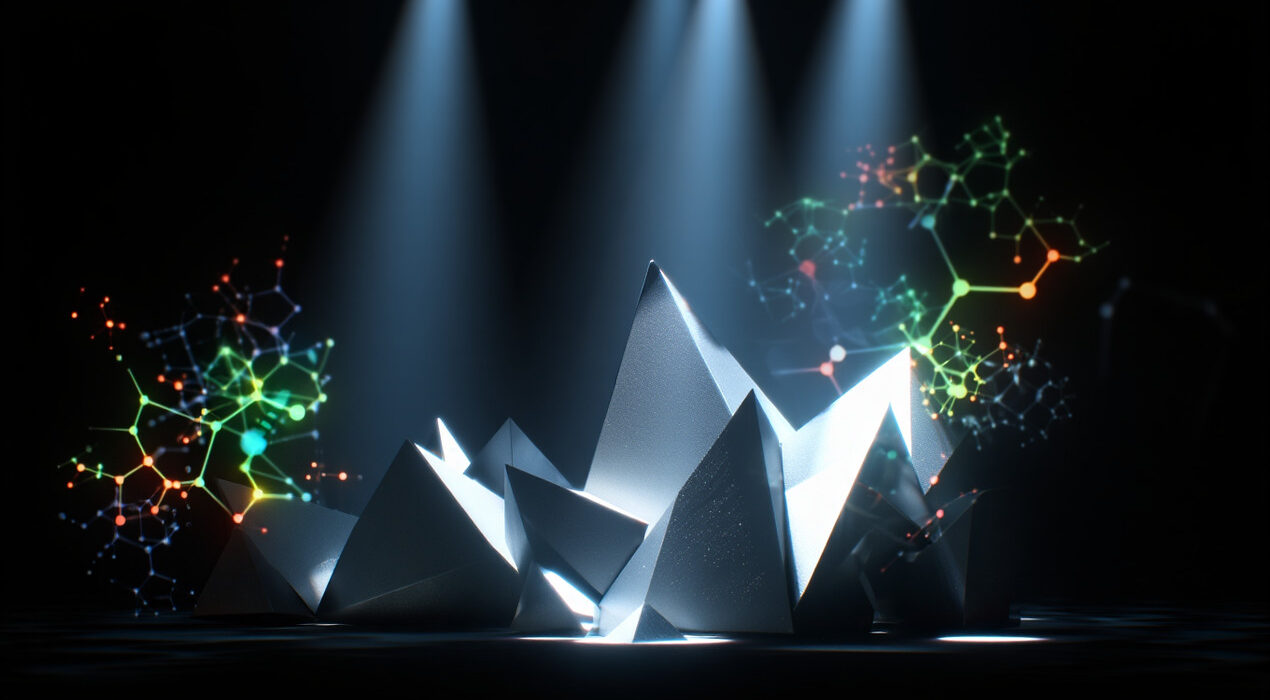Common Metal Shows Extraordinary Power in Light-Driven Chemistry
Scientists have made a big step toward cleaner chemistry. A team from Johannes Gutenberg University Mainz (JGU) has developed a new manganese-based complex that could revolutionize photochemistry,the science of using light to trigger reactions.Unlike traditional materials that rely on rare and toxic metals like iridium or ruthenium, this new complex uses manganese, a metal that’s cheap, abundant, and eco-friendly.
Record-Breaking Light Absorption
The new compound has an exceptionally long excited-state lifetime,lasting 190 nanoseconds, a record for common metals. This means it stays active longer when hit by light, making it more efficient in driving chemical reactions.According to Professor Katja Heinze, the complex is not only powerful but also easy to synthesize. “It combines strong light absorption with a simple, one-step process,” she explained.
Easy to Make, Hard to Beat
Older manganese complexes needed up to ten steps to create and had poor stability. This new design overcomes those limits. Dr. Nathan East, who helped develop the material, said it forms directly from readily available ingredients in a single step.When mixed in solution, the components instantly turn a deep purple, signaling something extraordinary. “It looked like ink,” said researcher Sandra Kronenberger, who studied the reaction further.
Toward a Sustainable Future
The team confirmed that the new complex can transfer electrons during reactions,key for real-world photochemical applications like hydrogen production.Because it’s simple, efficient, and scalable, this manganese innovation could replace costly and toxic metals in future clean-energy technologies.As Heinze noted, “We’ve opened the door to a brighter and greener future for light-driven chemistry.”






